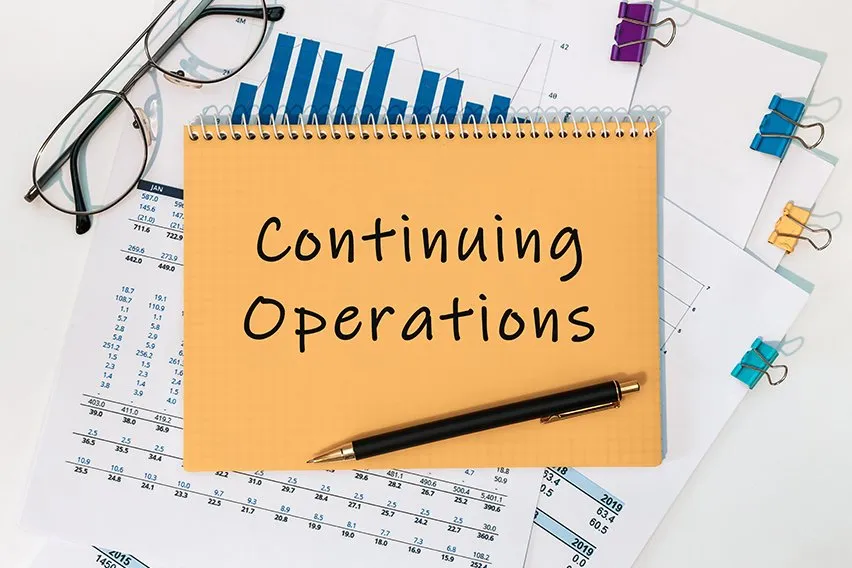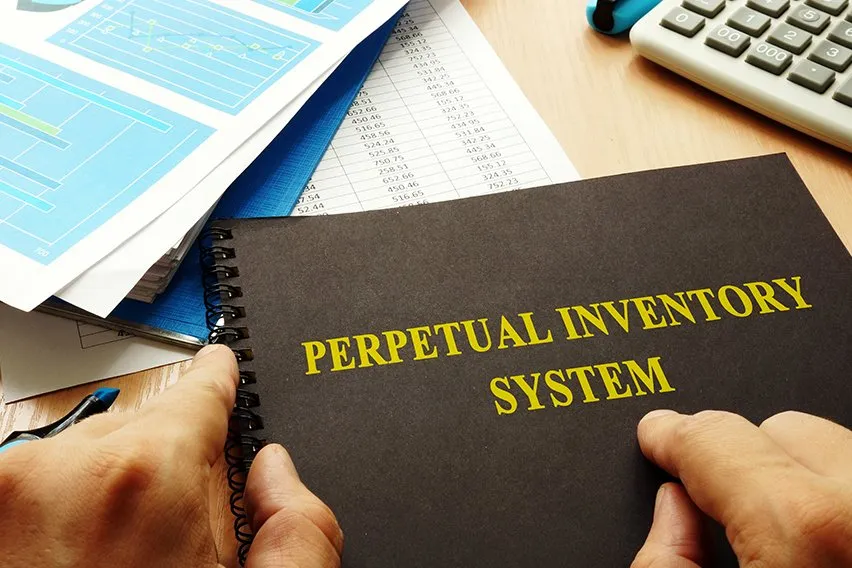What Is the Matching Principle and Why Is It Important?

Matching principle is an accounting principle for recording revenues and expenses. It requires that a business records expenses alongside revenues earned. Ideally, they both fall within the same period of time for the clearest tracking. This principle recognizes that businesses must incur expenses to earn revenues.
Here’s everything you need to know about utilizing the matching principle in accounting:
Here’s What We’ll Cover:
What Is the Matching Concept in Accounting?
What Is Revenue Recognition Principle?
What Are the Benefits of Matching Principle?
What Are the Challenges of Matching Principle?
The principle is at the core of the accrual basis of accounting and adjusting entries. It is a part of Generally Accepted Accounting Principles (GAAP). The cause and effect relationship is the basis for the matching principle. If there’s no cause and effect relationship, then the accountant will charge the cost to the expense immediately.

What Is the Matching Concept in Accounting?
Matching principle is especially important in the concept of accrual accounting. Matching principle states that business should match related revenues and expenses in the same period. They do this in order to link the costs of an asset or revenue to its benefits.
Example of Matching Principle
The expense must relate to the period in which the expense occurs rather than on the period of actually paying invoices. For example, if a business pays a 10% commission to sales representatives at the end of each month. If the company has $50,000 in sales in the month of December, the company will pay the commission of $5,000 next January.
Some businesses follow the matching principle. These businesses report commission expenses on the December income statement. Other companies use a cash basis of accounting. In this case, they report the commission in January because it is the payment month. The alternative is reporting the expense in December, when they incurred the expense.
Apart from commissions, some other examples of matching principles are:
- Depreciation
- Wages
- Employee bonuses
What Is Revenue Recognition Principle?
The revenue recognition principle is another accounting principle related to the matching principle. It requires reporting revenue and recording it during realization and earning. This happens regardless of when they make a payment. In other words, businesses don’t have to wait to receive cash from customers to record the revenue from sales.
For example, if you’re a roofing contractor and have completed a job for a customer, your business has earned the fees. This is regardless of when the customer pays you for the job.

What Are the Benefits of Matching Principle?
Businesses primarily follow the matching principle to ensure consistency in financial statements. For example, the income statement, balance sheet, etc.
Recognizing expenses at the wrong time may distort the financial statements greatly. A business may end up with an inaccurate financial position of its finances. The matching principle helps businesses avoid misstating profits for a period.
For example, recognizing expenses earlier than is appropriate results in lower net income. Recognizing an expense later may result in a higher net income than actual.
Certain financial elements of business also benefit from the use of the matching principle. Long-term assets experience depreciation. The matching principle allows distributing an asset and matching it over the course of its useful life in order to balance the cost over a period.
For example, a piece of specialized equipment may cost $25,000. It may last for ten or more years, so businesses can distribute the expense over ten years instead of a single year.
What are the Challenges of Matching Principle?
This principle is an effective tool when expenses and revenues are clear. However, sometimes expenses apply to several areas of revenue, or vice versa. Account teams have to make estimates when there is not a clear correlation between expenses and revenues. For example, you may purchase office supplies like pens, notebooks, and printer ink for your team. These items are necessary, but may not correlate to revenue.
On a larger scale, you may consider purchasing a new building for your business. There’s no way to tell if a larger space or better location improves revenue. Are employees more productive? Is it easier for customers to get to your business? There is no direct relationship between these factors and a new building. Because of this, businesses often choose to spread the cost of the building over years or decades.
For example, a business spends $20 million on a new location with the expectation that it lasts for 10 years. The business then disperses the $20 million in expenses over the ten-year period. If there is a loan, the expense may include any fees and interest charges as part of the loan term. This disbursement continues even if the business spends the entire $20 million upfront.
Another example includes online search ads. A marketing team crafts messages to entice potential customers to visit a business website. The customer may not make a purchase until weeks, months, or years later. But they planted a seed nonetheless. It’s not always possible to directly correlate revenue to spending in these cases. Expenses for online search ads appear in the expense period instead of dispersing over time.
For more accounting tips like this one, head to our resource hub.
RELATED ARTICLES


 What Is Fair Value Accounting?
What Is Fair Value Accounting? Continuing Operations: What Are Continuing Operations of a Business?
Continuing Operations: What Are Continuing Operations of a Business? How to Calculate Overhead Costs in 5 Steps
How to Calculate Overhead Costs in 5 Steps What Is a Perpetual Inventory System?
What Is a Perpetual Inventory System? How to Calculate the Ending Inventory?
How to Calculate the Ending Inventory? What Are Noncash Expenses? Meaning and Types
What Are Noncash Expenses? Meaning and Types